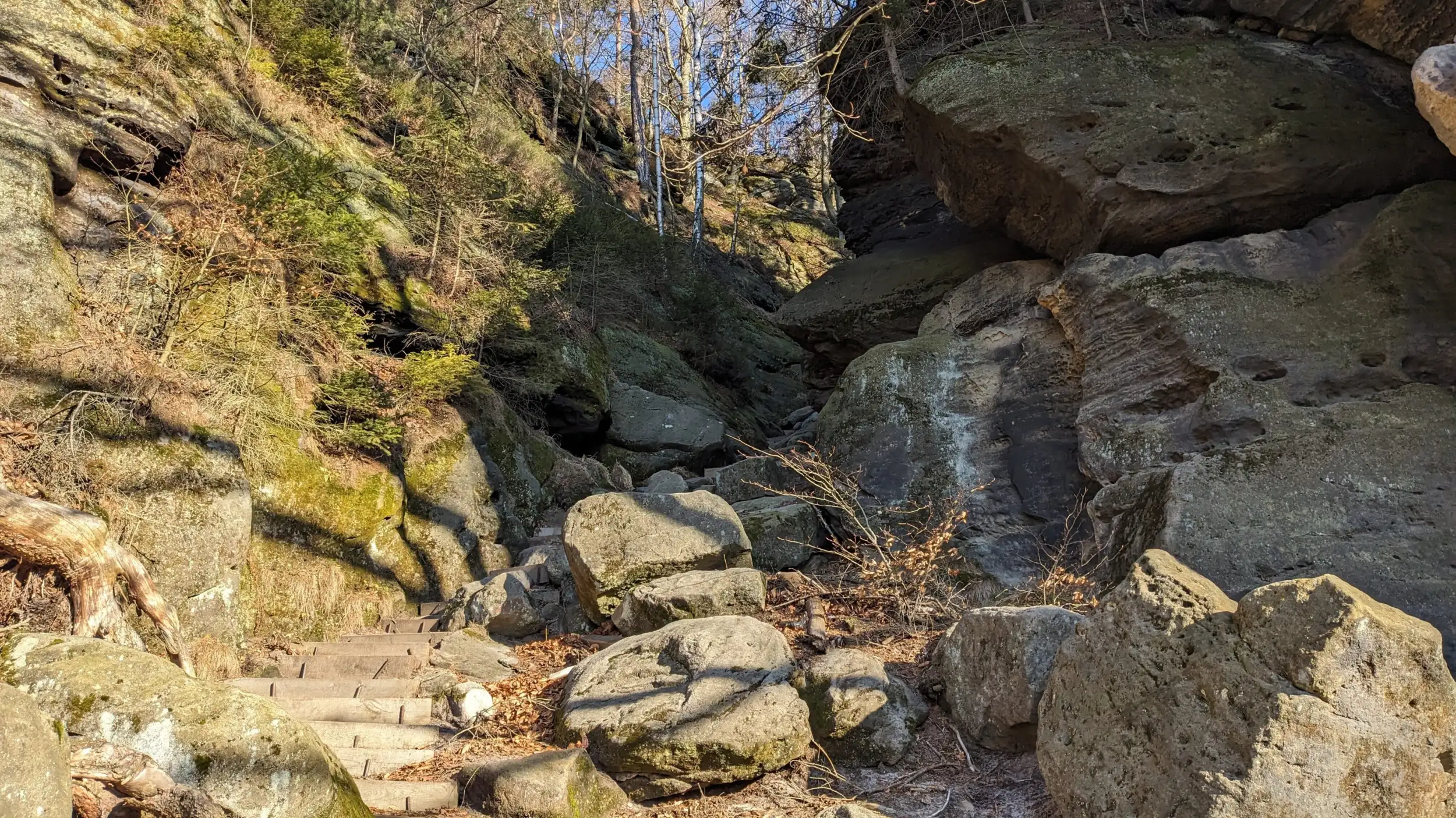

Safe hiking in Saxon Switzerland
Saxon Switzerland is a low, but nevertheless a challenging mountain range. Steep climbs several hundred metres long, long steps, iron ladders, paths interspersed with roots and boulders and unsecured vertical cliff edges often demand the full attention and balance of hikers. Together with the Saxony Mountain Rescue Service, we have therefore compiled recommendations for hikers, cyclists and climbers.

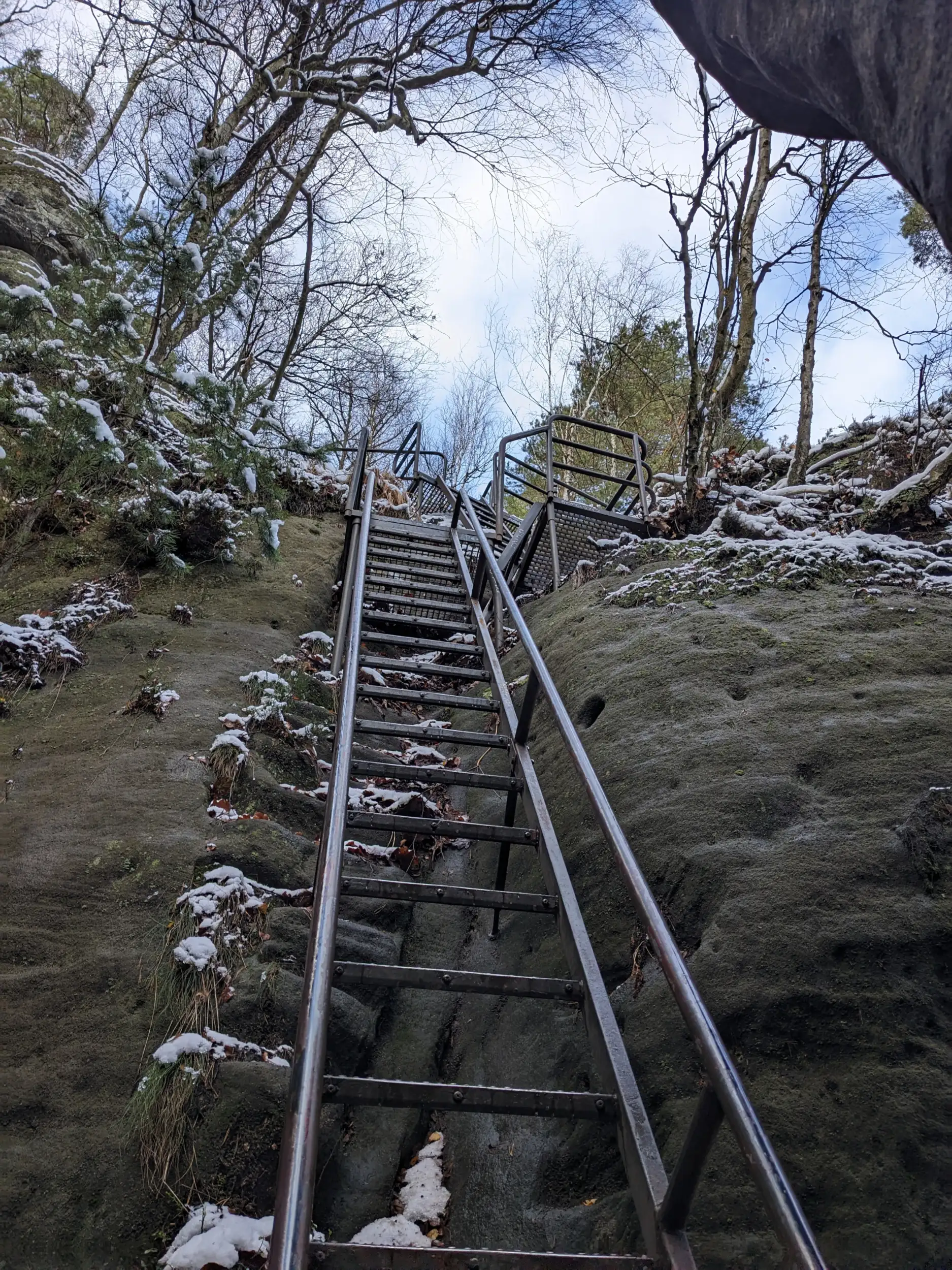
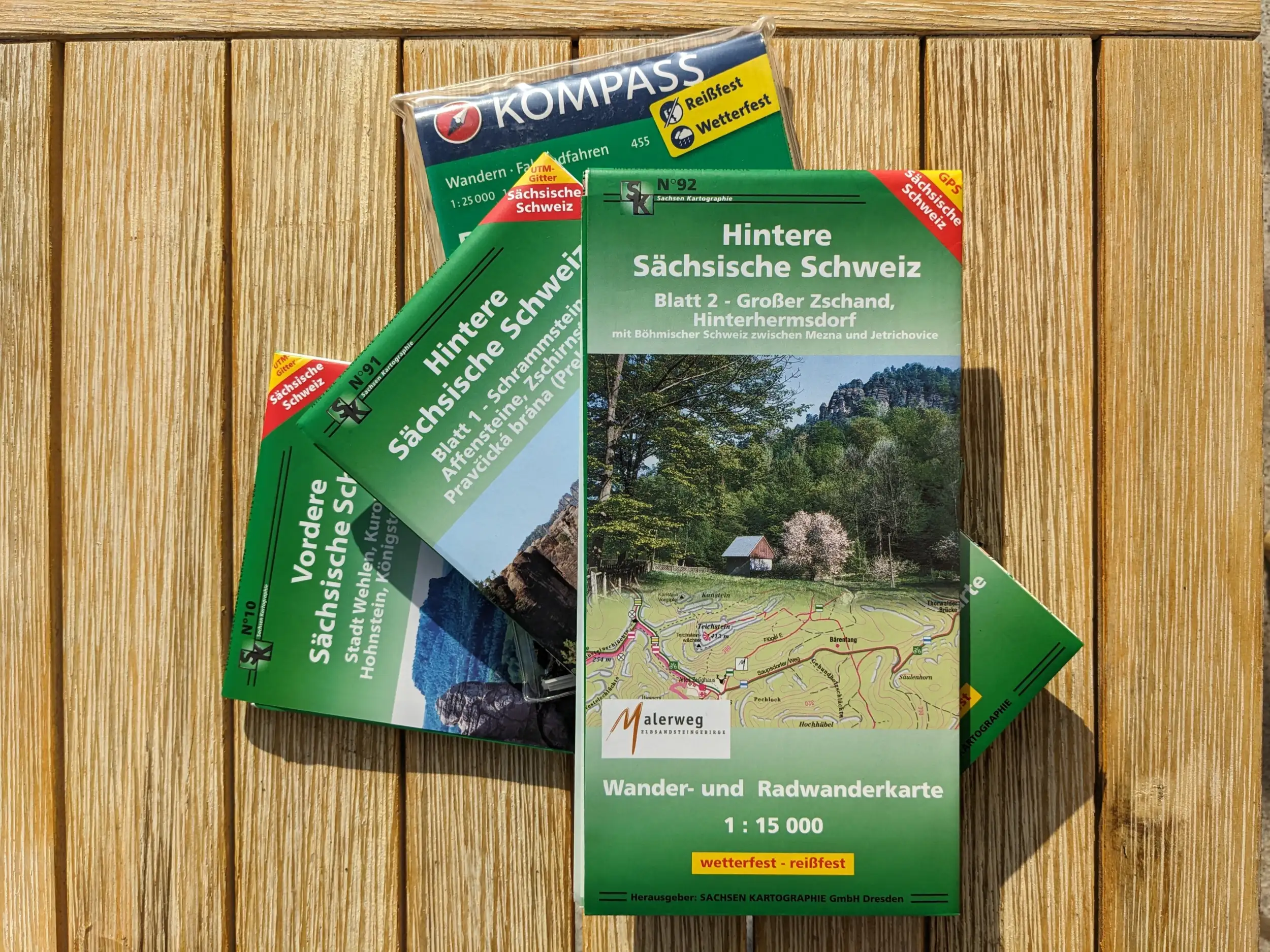
Good tour planning: Prepare your tour carefully. Plan alternative routes in case you need to shorten the tour. Take into account the expected actual walking time (pure walking time plus breaks and photo stops), the metres in altitude to be covered and your personal fitness level - many people have already overestimated themselves or underestimated the terrain!
Plan a time buffer: Unforeseeable situations such as changes in the weather can delay the tour, as can long photo stops. You should therefore allow for sufficient time reserves.
Don't forget a map: A GPS device or mobile phone is helpful, but is no substitute for a classic map. Always keep track of your position - both digitally and on paper. Do not rely exclusively on apps.
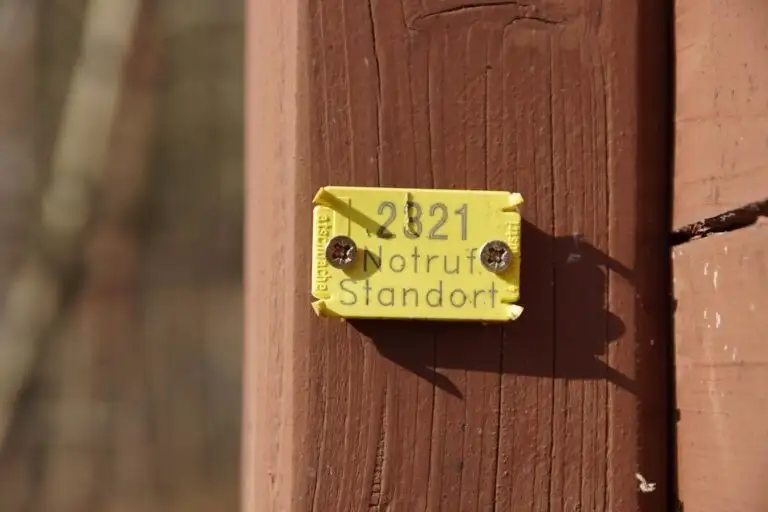
Use the emergency points: There are yellow markers with a four-digit number on the posts of all signposts in the national park. In an emergency (emergency call 112), give the rescue control centre the number of the nearest signpost - this will enable them to quickly determine your location and direct the mountain rescue service to you. When making an emergency call, remember these 5 questions: "What? Where? How? How many people? What injuries?" Wait for further questions.
Inform someone: Especially for longer tours, tell a trusted person (e.g. friends or your host) your planned route and the expected duration. Report back after the tour - this increases safety.
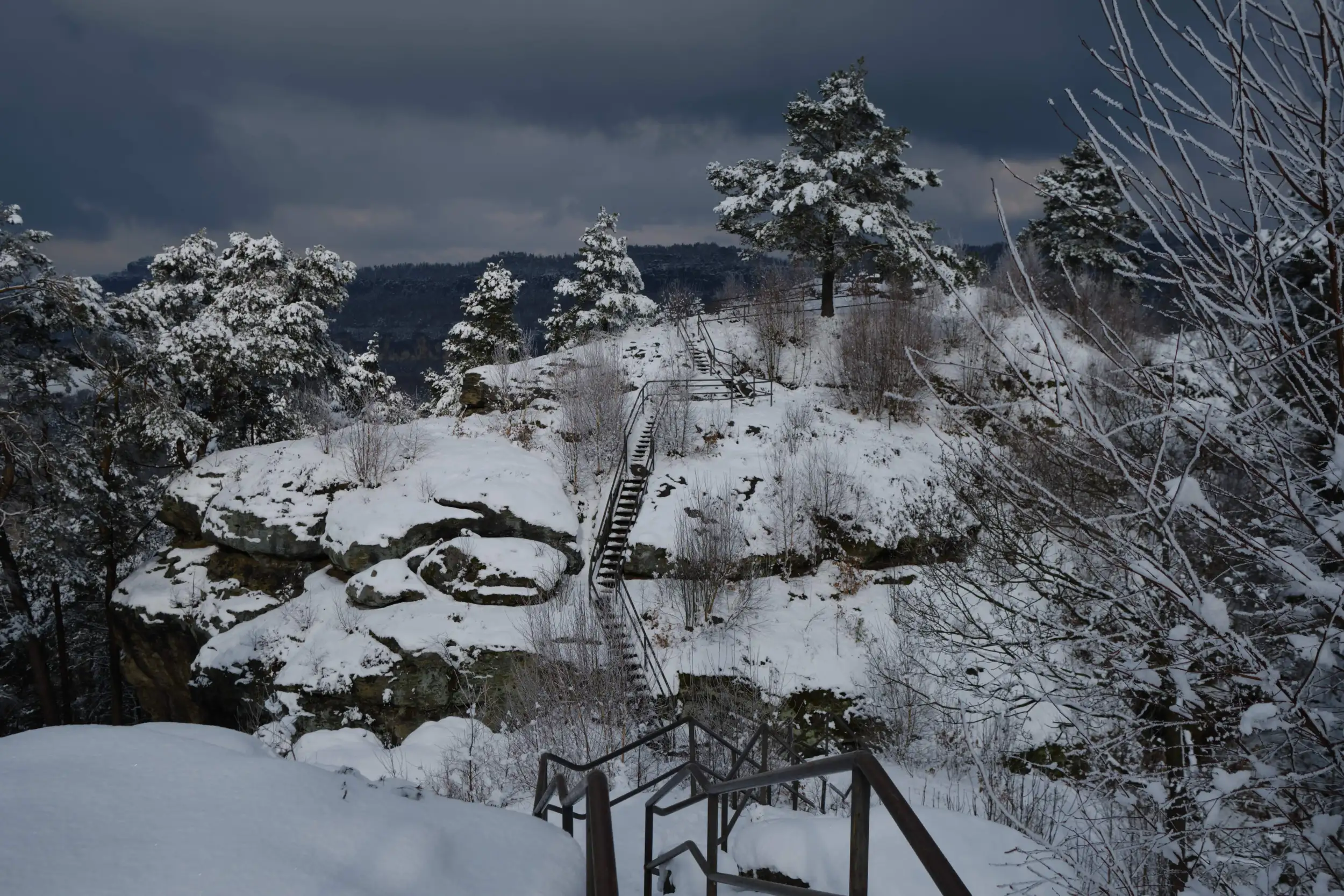
Suitable clothing and equipment: In addition to weatherproof clothing, we recommend that you always have a certain amount of basic equipment with you: Headlamp, first aid kit, rescue blanket, an emergency ration of water and sufficient food. Adapt your equipment to the activity and the season. Wear sturdy footwear, mountain trails are demanding.
Packing list:
- Rain jacket/rain trousers
- Headgear in the sun
- Change of clothing
- Sufficient drinks and provisions
- Map
- Headlamp or torch
- Wallet
- Mobile phone and power bank
- First aid kit
- Tick and sun protection
- Depending on the season: hat, gloves, warm jacket, possibly Grödel (similar to light crampons)
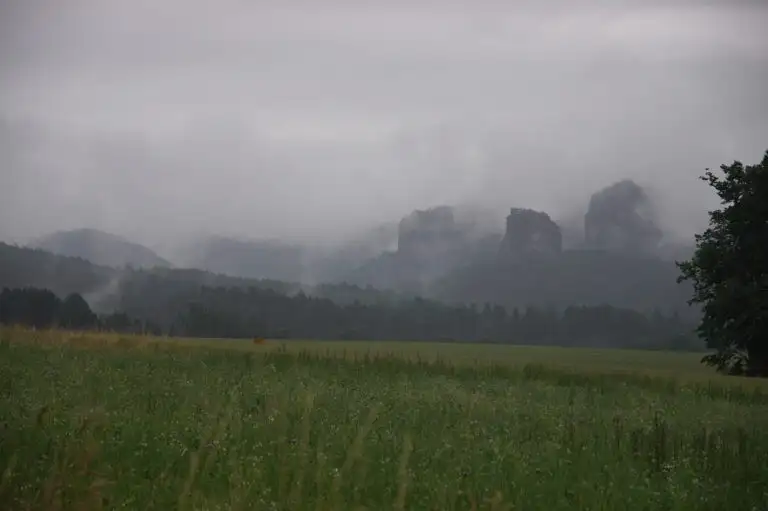
Take a headlamp with you: If it gets later than planned and you hike into the dark, a headlamp ensures good visibility and greater safety.
Charge your mobile phone: A full battery and a charged power bank as a reserve can be a lifesaver in an emergency. Keep your mobile phone ready for use.
Keep an eye on the weather: Pay attention to the weather forecast - an easy route can quickly become difficult if the weather changes (slippery conditions, fog, snow). Take a look at the sky from time to time. It is better to cancel the tour if a thunderstorm threatens.
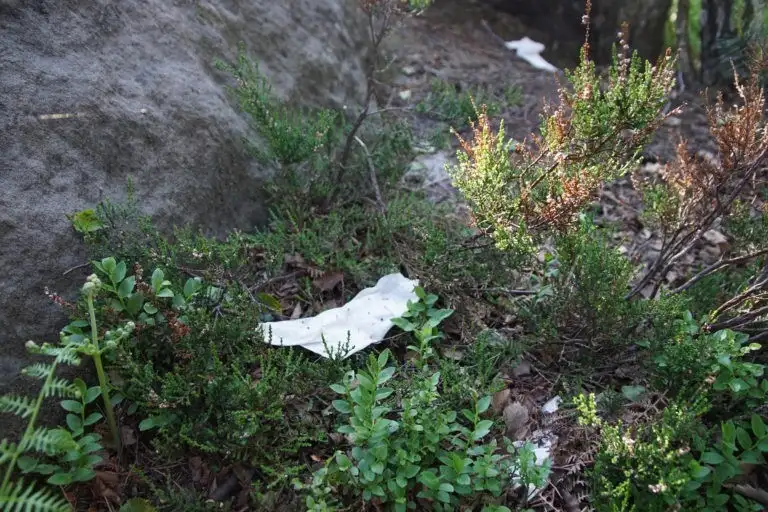
Take your rubbish back with you: Rubbish is anything that was not there before your visit. Please also take your handkerchiefs back with you.
Use marked paths: Avoid shortcuts and cross-country walking; if unsure, return to the last marked point and re-orientate yourself. In the national park, it is forbidden to leave paths to protect the flora and fauna!
Know your limits: Realistically assess your abilities and fitness level. Especially as a beginner, start with easy and short tours. Get used to the area slowly. Overestimating yourself can be a great danger. In the Elbe Sandstone there are some very steep climbs, many ladders and steps and exposed paths - make sure you are sure-footed. Physical exhaustion can severely limit your concentration. Take regular breaks and save your strength to have reserves. Do not set off on a hiking or cycling tour overtired or under the influence of alcohol and avoid midday heat and darkness.
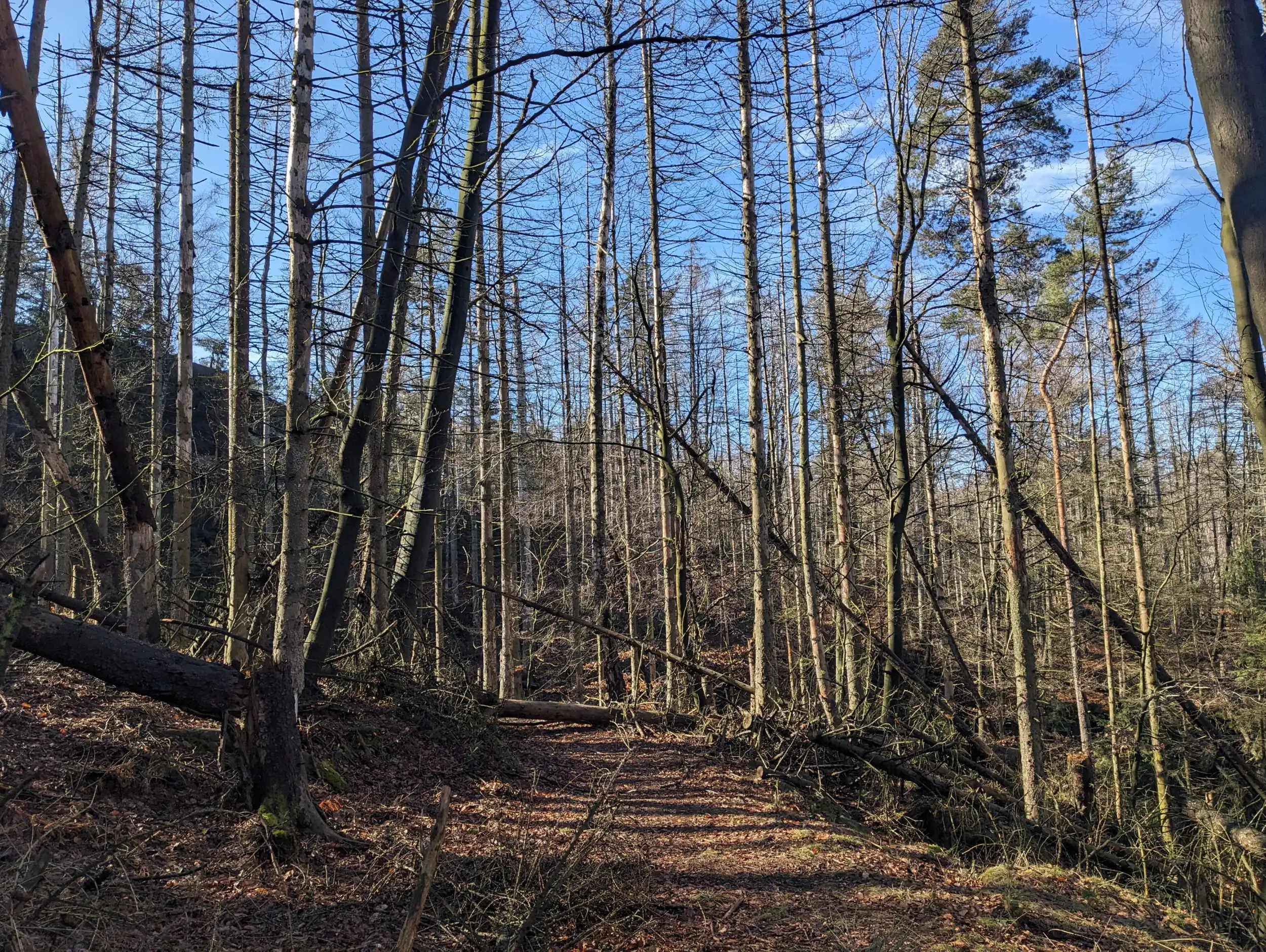
Increased risk of tree breakage in parts of the national park - especially in strong winds and rain
As a general rule, you always enter any forest in Germany at your own risk.
After several years of drought and an increasing number of bark beetles, a large proportion of the spruce trees in the national park have died. The dead trees pose an increased risk of tree breakage, especially during storms. Look up regularly into the treetops above you. Do not stand under leaning trees, broken branches or tree tops that are still hanging in the crowns of other trees.
There are many dangers in the forest that are not necessarily recognisable at first glance. However, if you know what to look out for, you can recognise and avoid many risks at an early stage. As we repeatedly observe that dangers are underestimated or overlooked, we have put together a brief overview for you. It is intended to sensitise national park visitors and help them to move around the area more safely.
